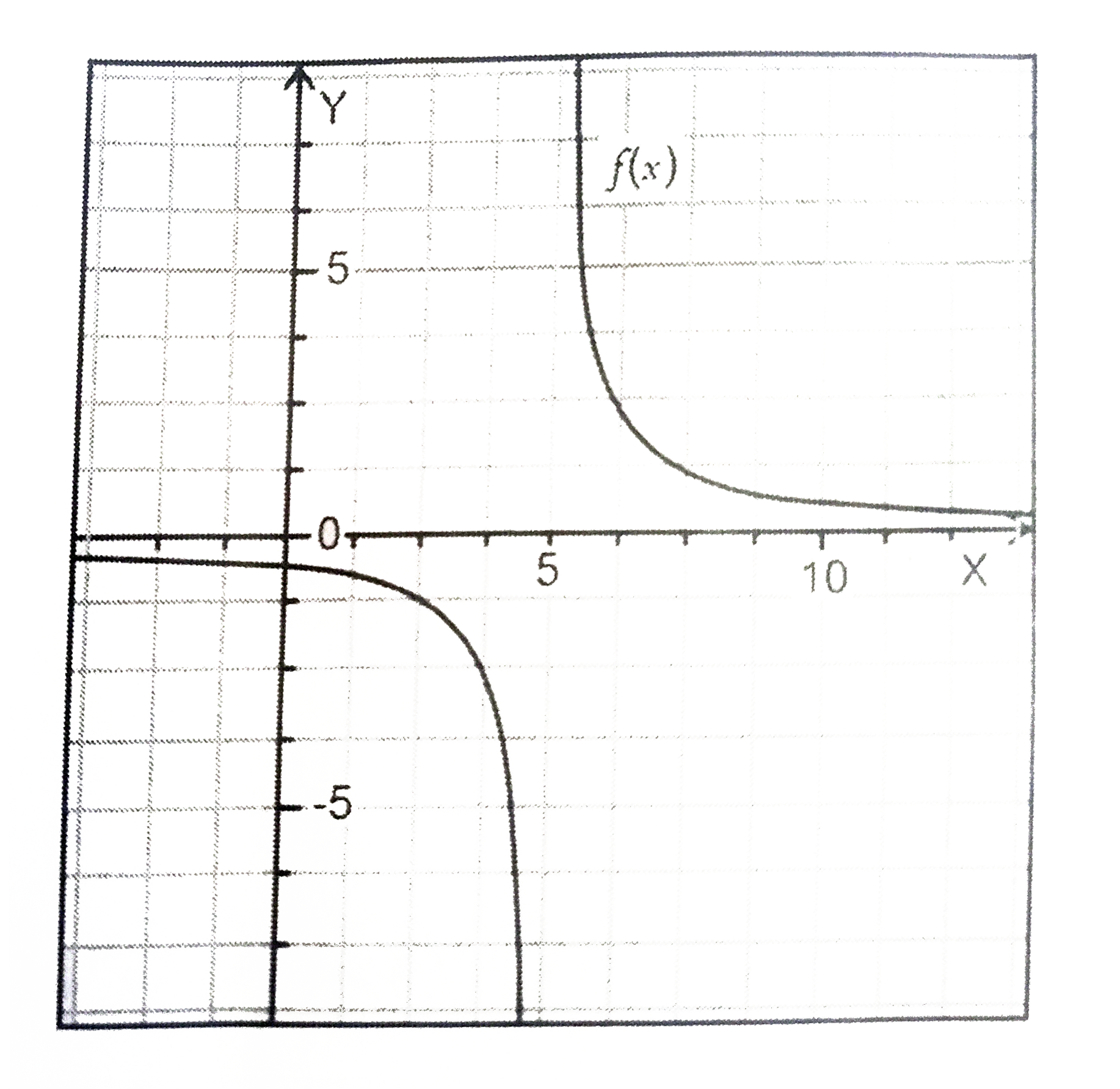Out of CH3OH and phenol (##SB_CHM_XII_OD_I_2016_E01_004_Q01.png" width="80%">, which one is more acidic ?
To determine which compound is more acidic between methanol (CH₃OH) and phenol (C₆H₅OH), we need to analyze the stability of their respective conjugate bases.
Step 1: Identify the conjugate bases
- For methanol (CH₃OH), when it donates a proton (H⁺), it forms the conjugate base methoxide ion (CH₃O⁻).
- For phenol (C₆H₅OH), when it donates a proton, it forms the conjugate base phenoxide ion (C₆H₅O⁻).
Step 2: Analyze the stability of the conjugate bases
- The stability of an acid is directly related to the stability of its conjugate base. A more stable conjugate base corresponds to a stronger acid.
- The methoxide ion (CH₃O⁻) does not have any resonance stabilization. It is a localized negative charge on the oxygen atom.
- The phenoxide ion (C₆H₅O⁻), on the other hand, can be stabilized by resonance. The negative charge on the oxygen can be delocalized over the aromatic ring, allowing for multiple resonance structures.
Step 3: Resonance structures of phenoxide ion
- The phenoxide ion can be represented by several resonance structures. For example:
1. The negative charge can be placed on the oxygen atom.
2. The negative charge can be delocalized to adjacent carbon atoms in the aromatic ring.
3. This delocalization leads to a more stable structure due to the distribution of the negative charge.
Step 4: Conclusion
- Since the phenoxide ion is stabilized by resonance, it is more stable than the methoxide ion.
- Therefore, phenol (C₆H₅OH) is more acidic than methanol (CH₃OH).
Final Answer
Phenol is more acidic than methanol.
---
- For methanol (CH₃OH), when it donates a proton (H⁺), it forms the conjugate base methoxide ion (CH₃O⁻).
- For phenol (C₆H₅OH), when it donates a proton, it forms the conjugate base phenoxide ion (C₆H₅O⁻).
- The stability of an acid is directly related to the stability of its conjugate base. A more stable conjugate base corresponds to a stronger acid.
- The methoxide ion (CH₃O⁻) does not have any resonance stabilization. It is a localized negative charge on the oxygen atom.
- The phenoxide ion (C₆H₅O⁻), on the other hand, can be stabilized by resonance. The negative charge on the oxygen can be delocalized over the aromatic ring, allowing for multiple resonance structures.
- The phenoxide ion can be represented by several resonance structures. For example:
1. The negative charge can be placed on the oxygen atom.
2. The negative charge can be delocalized to adjacent carbon atoms in the aromatic ring.
3. This delocalization leads to a more stable structure due to the distribution of the negative charge.
- Since the phenoxide ion is stabilized by resonance, it is more stable than the methoxide ion.
- Therefore, phenol (C₆H₅OH) is more acidic than methanol (CH₃OH).
Phenol is more acidic than methanol.
Topper's Solved these Questions
- XII BOARDSBOOK - XII BOARD PREVIOUS YEAR PAPER ENGLISHCHAPTER - XII BOARDSEXERCISE - [SET-1]
36 Videos
- XII BOARDSBOOK - XII BOARD PREVIOUS YEAR PAPER ENGLISHCHAPTER - XII BOARDSEXERCISE - Outside Delhi: Set-II
11 Videos
- XII BOARDSBOOK - XII BOARD PREVIOUS YEAR PAPER ENGLISHCHAPTER - XII BOARDSEXERCISE - [OUTSIDE DELHI : SET -III]
10 Videos
- SAMPLE PAPER 2019BOOK - XII BOARD PREVIOUS YEAR PAPER ENGLISHCHAPTER - SAMPLE PAPER 2019EXERCISE - SECTION: D
1 Video
Similar Questions
From a point 20 m away from the foot of a tower, the angle of elevation of the top of the tower is 30∘. Find the height of the tower.
View SolutionThe given diagram is highly diagrammatic representation of mammalian heart. In this diagram
(##EVR_ANM_ICSE_BIO_X_C07_E01_020_Q01.png" width="80%">
What do the arrows indicate ?
View Solution
Knowledge Check

The graph of f(x)=3x−5 is shown above:
(##VIB_343_SAT_MAT_C04_E01_003_Q02.png" width="80%">
Which option gives the correct expression for g(x) as shown below?A|f(x)|B−|f(x)|C−f(x)Df(|x|)The given image represents:
(##OSW_GRU_MCQ_ISC_XII_SM1_BIO_C05_E01_070_Q01.png" width="80%">Achromosomes assorting independently.Bsegregation of incompletely linked genes.Ccrossing over between factors carried on the chromosomes.DBoth (a) and (c)Compound 'X' give following reactions
X(C_(6)H_(8)O_(2)) "GRB_HP_JEE_ORG_CHE_C11_E01_007_Q01.png" width="80%">
Its structure can be :A B
B C
C D
D
The experimental data for decomposition of
N2O5[2N2O5→4NO2+O2]
in gas phase at 318 K are given below:
(##KAL_KLC_ISC_CHE_XII_C04_SLV_028_Q01.png" width="80%">
What is rate law?
View SolutionThe experimental data for decomposition of
N2O5[2N2O5→4NO2+O2]
in gas phase at 318 K are given below:
(##KAL_KLC_ISC_CHE_XII_C04_SLV_028_Q01.png" width="80%">
What is rate law?
View SolutionThe experimental data for decomposition of
N2O5[2N2O5→4NO2+O2]
in gas phase at 318 K are given below:
(##KAL_KLC_ISC_CHE_XII_C04_SLV_028_Q01.png" width="80%">
What is rate law?
View SolutionFrom the following data, show that the decomposition of hydrogen peroxide is a reaction of the first order
(##KALKLCISCCHEXIIC04SLV038_Q01.png width=80%><br>wheretisthetime∈minutesandxisthevolumeofstandardKMnO_4 solution required for titrating the same volume of the reaction mixture.
View SolutionFrom the following data, show that the decomposition of hydrogen peroxide is a reaction of the first order
(##KALKLCISCCHEXIIC04SLV038_Q01.png width=80%><br>wheretisthetime∈minutesandxisthevolumeofstandardKMnO_4 solution required for titrating the same volume of the reaction mixture.
View Solution
